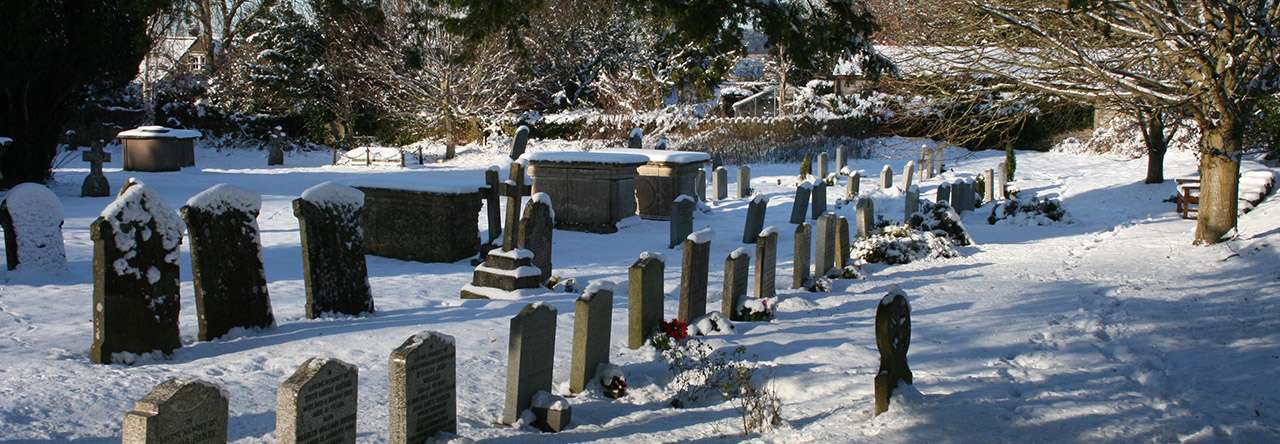George Alexander Gratton (1808-1813) was born the son of slaves on a sugar cane plantation on the island of St. Vincent in the Caribbean, the name Gratton probably that of the plantation owner. He arrived in England via the port of Bristol when he was only fifteen months old. His skin was covered in permanent white patches due to a loss of pigmentation caused by Vitiligo.
The showman John Richardson bought the child for 1,000 guineas at Bartholomew’s Fair in Smithfield Market. Richardson owned a traveling theatre which toured the fairs of England with enormous success in the nineteenth century. Charles Dickens described the performances in Sketches by Boz:
This immense booth, with the large stage in front, so brightly illuminated with variegated lamps, and pots of burning fat is “ Richardson’s,” where you can have a melodrama (with three murders and a ghost), a pantomime, a comic song, an overture, and some incidental music, all done in five-and-twenty minutes.
The young Edward Kean was one of Richardson’s actors.
Richardson interspersed the main performances with “freak shows”, displaying dwarfs, albinos, giants, bearded ladies, Josephine Ghirardelli the Fireproof Female, conjoined twins, tattooed men, and people displaying all manner of diseases, deformities, and disabilities. Some of these “novelties” were hoaxes but other unfortunate individuals had little choice but to earn their living as part of this shameful spectacle.
Alert to the commercial possibilities of George’s appearance, which must have been considerable given the price he paid for the child, Richardson paraded him as “The Beautiful Spotted Boy” alongside his other exhibits.
Despite this callous exploitation Richardson was fond of the boy, adopting him, having him baptised in Newington church, and educating him.
But within a few years George died, sometimes described as a victim of the cold climate but more likely suffering from a tumour or infection. The distraught Richardson commissioned a brick vault in the churchyard of All Saints, Marlow, Buckinghamshire and had an oil painting of the boy placed in the church. He requested that on his death he should be buried in the same vault and the two headstones bolted together. His wishes were carried out in 1837.
Part of the original inscription on George’s gravestone read with a strange mixture of love and inured, casual racism:
Should this plain simple tomb attract thine eyes,
Stranger, as thoughtfully thou passest by,
Know that there lies beneath this humble stone,
A child of colour, haply not thine own.
His parents born of Afric’s sun-burnt race,
Tho’ black and white were blended in his face,
T0 Britain brought, which made his parents free,
And shew’d the world great Natur’s prodigy.
Depriv’d of kindred that to him were dear,
He found a friendly Guardian’s fost’ring care,
But, scarce had bloom’d, the fragrant flower fades,
And the lov’d infant finds an early grave.
When I visited the grave both markers were heavily weathered and the child’s stone broken, but they remained bolted together. The Beautiful Boy lies close to the river in the churchyard at Marlow, an idyllic spot which will be forever St. Vincent.
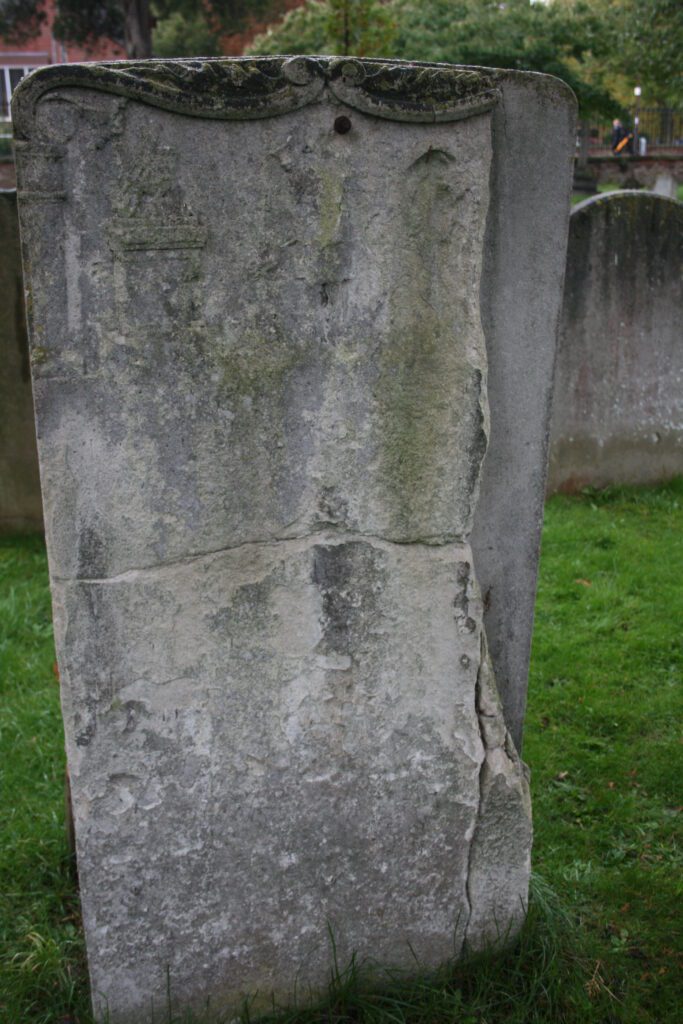
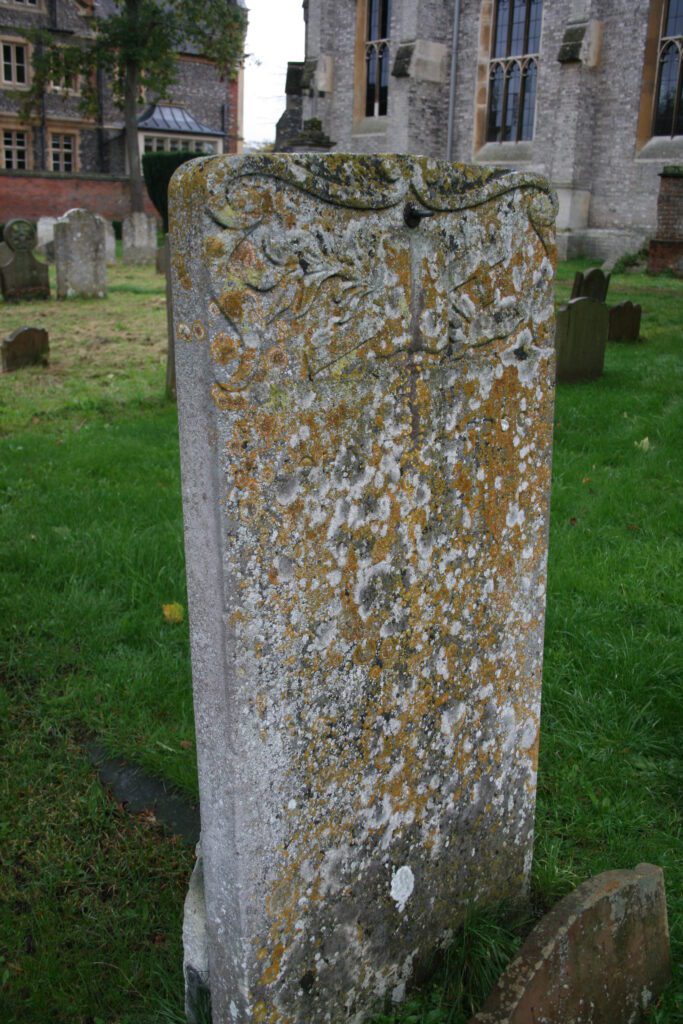
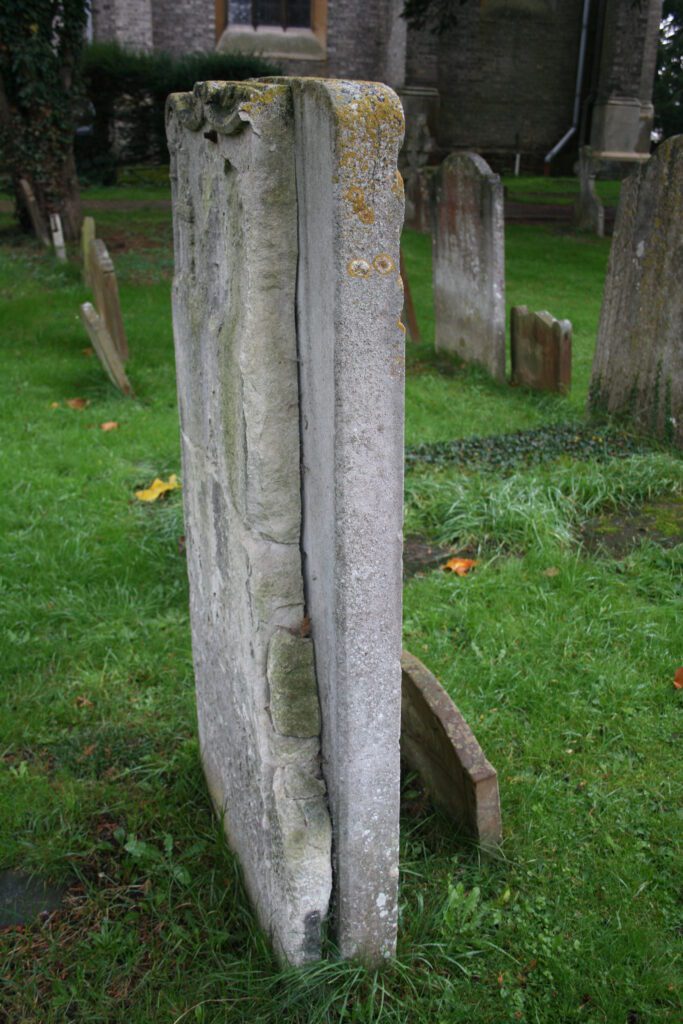
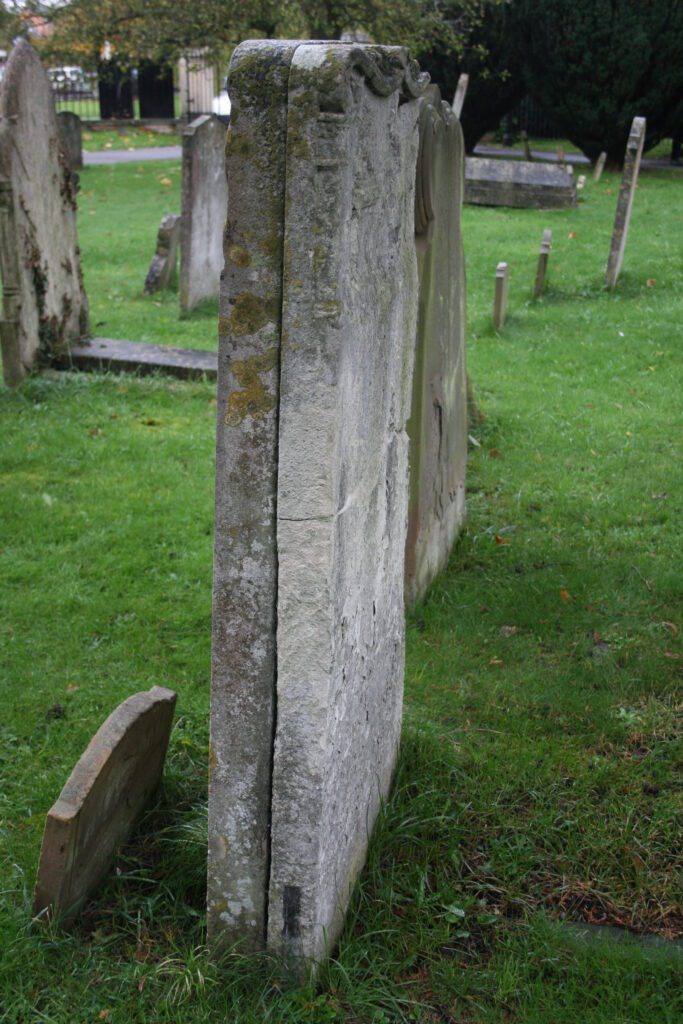
Recently a community of St. Vincentians living in High Wycombe who style themselvesSV2G (St. Vincent and the Grenadines 2nd Generation) have raised awareness and funds to preserve the stones. Research by the community has also resulted in the production of an independently published paperback written by Jacqueline Roberts: The Beautiful Spotted Boy, February 2022, ISBN no. 9798415998579.
